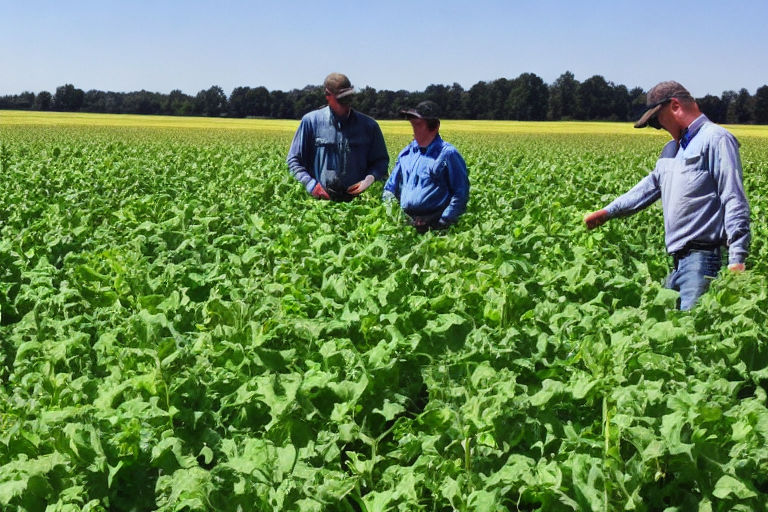How to Incorporate Cover Crops in Your Crop Rotation Plan for Maximum Benefit
Crop rotation is a beneficial practice for maintaining soil health, preventing disease and pests, and improving crop yield. But have you considered incorporating cover crops into your rotation plan? Cover crops can provide a host of benefits, from improving soil fertility to reducing erosion. Here are some tips for incorporating cover crops into your crop rotation plan for maximum benefit.
Select the Right Cover Crop
When selecting a cover crop, consider the needs of your specific crop rotation plan. For instance, if you have a farm where you grow a lot of legumes, you might choose a cover crop that fixes nitrogen in the soil. This can help reduce the need for synthetic nitrogen fertilizers and improve soil fertility. Other factors to consider when selecting a cover crop include the time of year you plan to plant and harvest, the growing conditions on your farm, and your overall land management goals.
Plan Crop Placement
Once you have chosen your cover crop, you need to think about where to plant it in your rotation. Some farmers like to plant cover crops in the fall, after their main crop has been harvested. This can help protect the soil from erosion and leaching during the winter months. Others might choose to plant cover crops in between their main crops to help suppress weeds, control erosion, or provide a forage source.
Manage Cover Crop Residue
After your cover crop has served its purpose and it's time to plant your next crop, you'll need to decide how to manage the residue left behind. In some cases, you can roll or crimp the cover crop to create a mat that helps suppress weeds and retain moisture in the soil. Other times, you may need to till the soil to break up the residue and create a bed for your new crop. Knowing how to manage cover crop residue is a critical part of successful cover cropping.
Monitor and Evaluate
Just like any other part of your crop rotation plan, it's important to monitor and evaluate the success of your cover crop. Are you seeing improvements in soil fertility? Are erosion and weed pressure reduced? Is your main crop yield increasing? Keeping track of these metrics can help you adjust your rotation plan and achieve the maximum benefit from your cover crops.
Conclusion
Incorporating cover crops into your crop rotation plan can provide a host of benefits. By selecting the right cover crop, planning crop placement, managing cover crop residue, and monitoring your success, you can ensure that your cover crops are working to improve soil health, reduce erosion, and increase yield. With a little bit of planning and patience, cover crops can become a valuable part of your overall land management strategy.



